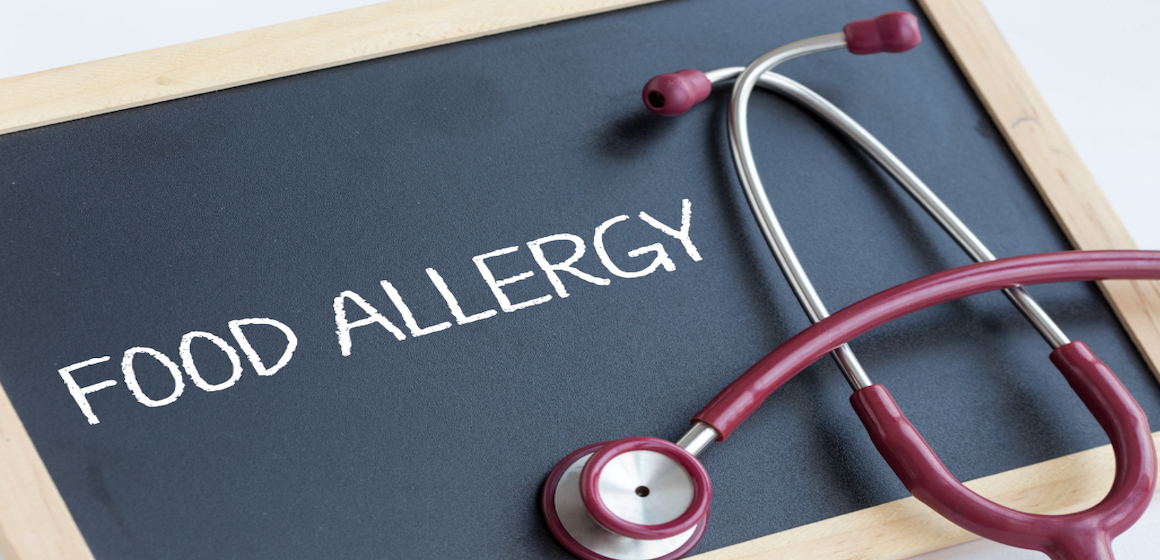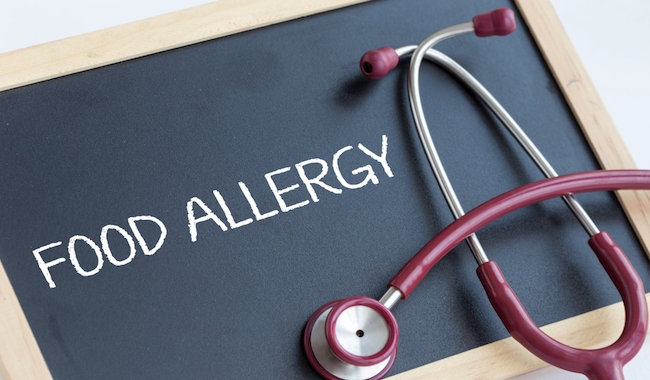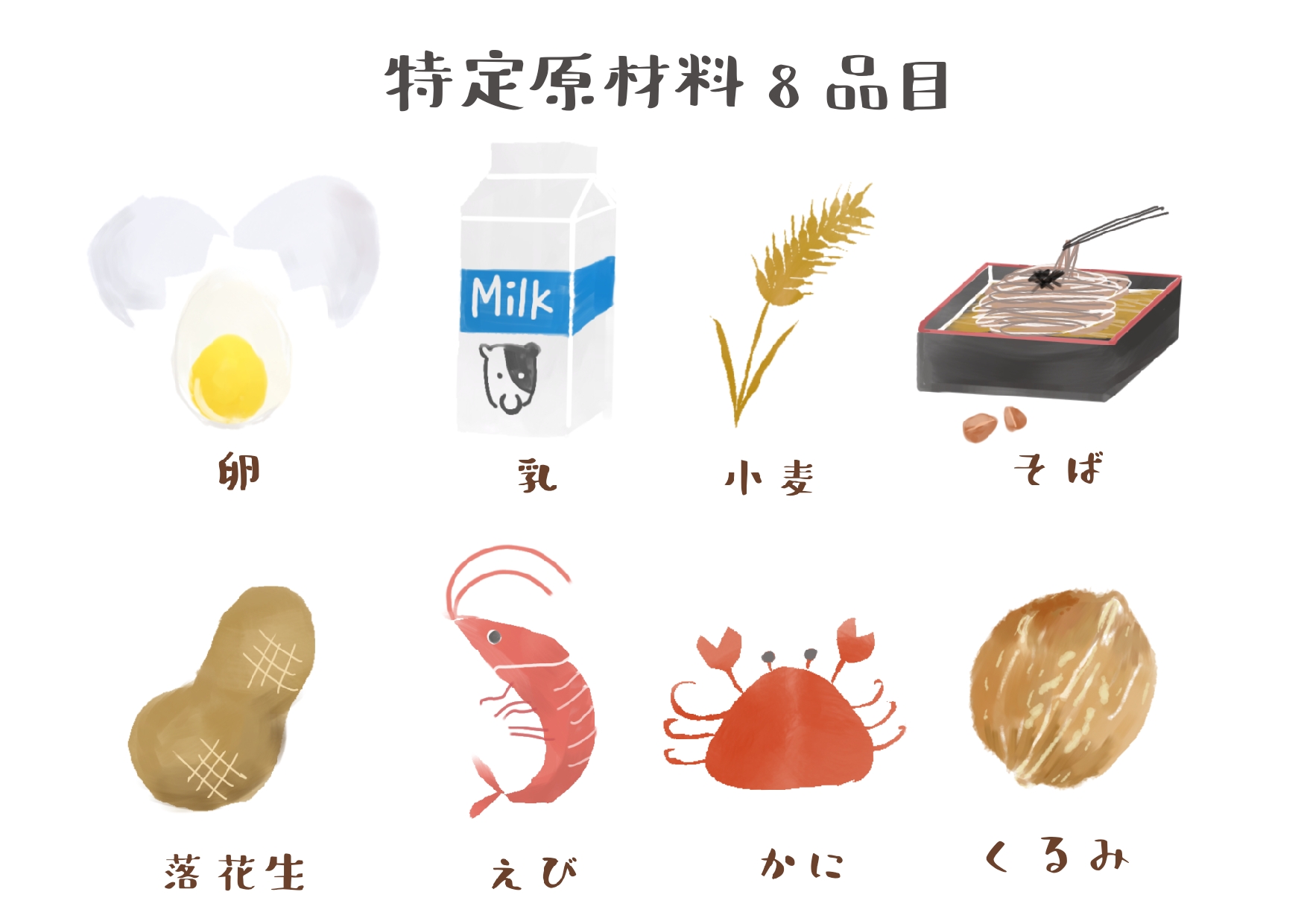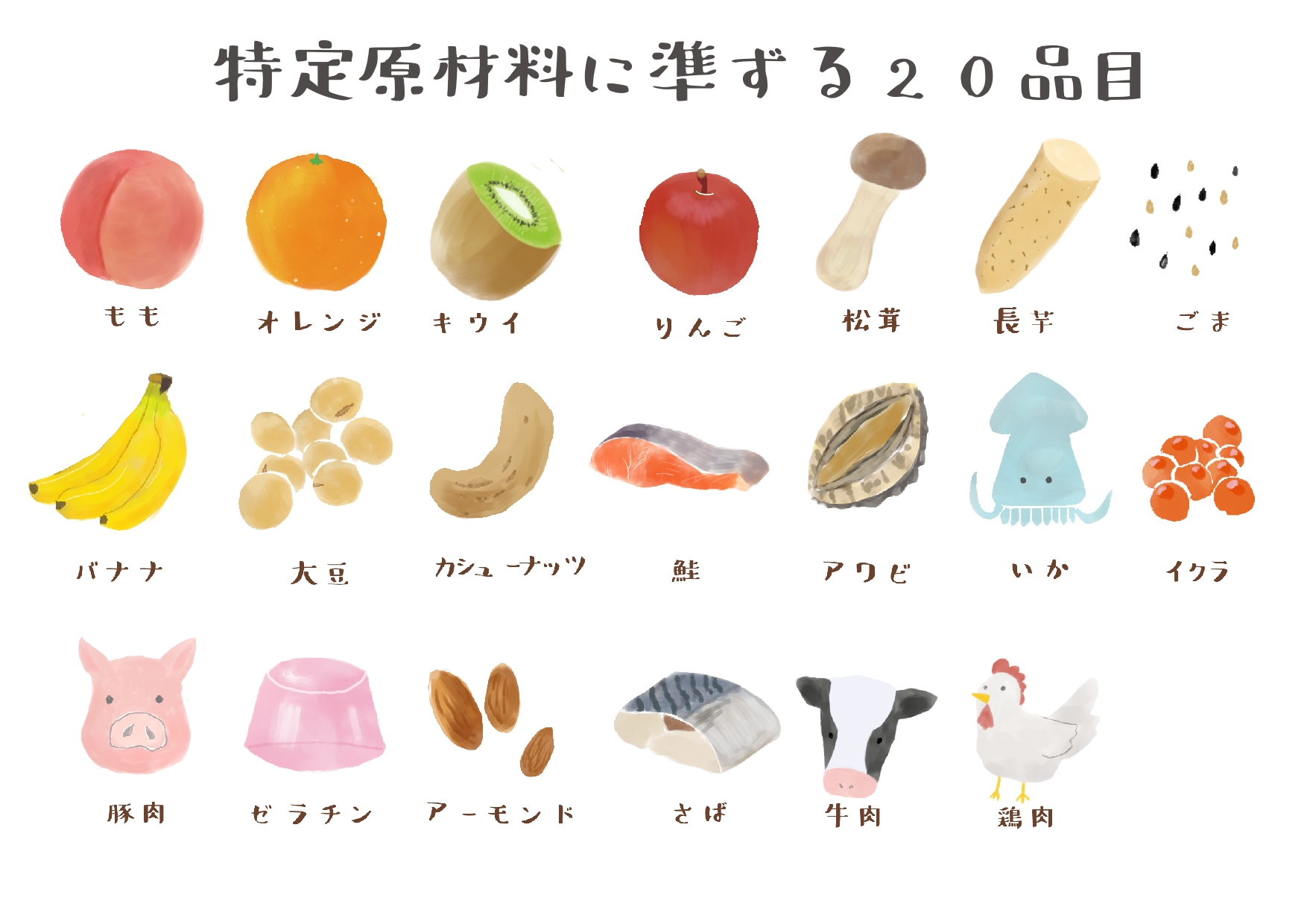

Food Allergies in Children
A food allergy is an allergy that occurs when you eat a certain food. Symptoms include body itching, hives, swelling of lips, vomiting, abdominal pain, diarrhea, coughing, and asthma. Severe symptoms are called anaphylaxis, which can be life-threatening, and include drop in blood pressure, difficulty breathing, and loss of consciousness. When teaching children with foreign roots, consider differences in customs and be sure to prevent children from coming into contact with allergens at school.
Food Allergies
The human body has an immune system which keeps invaders like germs and viruses out of the body. Food allergies are caused by an overactive immune system responding to allergens (substances that cause allergies, mostly proteins) contained in certain foods. Food allergies are not only caused by oral intake, but can be caused by the allergen entering the body through inhalation, skin contact or injection. Symptoms from any of these cases, are called food allergies.
Food Allergy Testing
Symptoms that could be due to food allergies include severe and stubborn rash on the face or whole body, rash, vomiting, face turning red and difficulty breathing, and itching in the mouth after eating. If you have these symptoms, get tested for allergies at a hospital to identify the cause.
Foods That Cause Allergic Reactions
There are many types of food that can cause allergic reactions. Allergen labeling is required by the food labeling law. Be sure to check food labels if your child has food allergies.
[Specific Raw Materials]
The 8 food items that must be labeled: shrimp, crab, walnut, wheat, buckwheat, egg, milk, and peanut, are the foods most commonly associated with food allergies and severe symptoms.

[Substances equivalent to specified raw materials]
It is recommended, but not required, to label these 20 food items: almond, abalone, squid, salmon roe, orange, cashew nut, kiwi fruit, beef, sesame seed, salmon, mackerel, soybean, chicken, banana, pork, matsutake mushroom, peach, Japanese yam, apple, and gelatin.

What to Do When Allergic Symptoms Occur
If a child develops allergic symptoms, follow the guidance and take appropriate measures.
Food allergy emergency measures guidance:
Extra attention is required if anaphylaxis occurs. The signs of anaphylaxis include rash and hives spreading over the whole body, redness on the face, swelling of the lips or eyelids, as well as drop of blood pressure, difficulty breathing, fainting, abdominal pain, and vomiting. Reactions such as drop in blood pressure and disturbances in consciousness are called anaphylaxis shock, which is a severe reaction that occurs suddenly and can worsen quickly, and is potentially life-threatening. If you suspect someone is in anaphylaxis shock, call an ambulance (119) and use an EpiPen according to the instructions.
Points to Note When Working With Children With Foreign Roots
Children may come into contact with allergens other than school lunches while they are at school. There are some Japan-specific school events and classes that may include unexpected situations for children and parents with foreign roots. Talk with them about how to deal with the events and classes ahead of time.
-School events and cooking classes:
For Setsubun event, make sure to check that the beans for throwing do not include nuts other than soybeans. For cooking classes, be careful when handling wheat and buckwheat flour, as inhaling the powder may cause allergic symptoms. Caution is also required when students are bringing ingredients from home.
-Art and craft classes:
Wheat clay can cause allergic symptoms by coming into contact with skin. Empty milk cartons, egg cartons, plastic bottles, cans and snack containers used for crafts may contain allergens.
-Sports day, field trips, extracurricular classes and overnight trips:
Make sure to check about allergens in advance when planning a factory tour, etc. For overnight trips, be sure to consult and confirm with the accommodation facility and parents ahead of time.
There are some cultures and customs different from other countries that children may experience at Japanese schools. Check thoroughly about food allergies for children with foreign roots and take measures to keep them safe.

